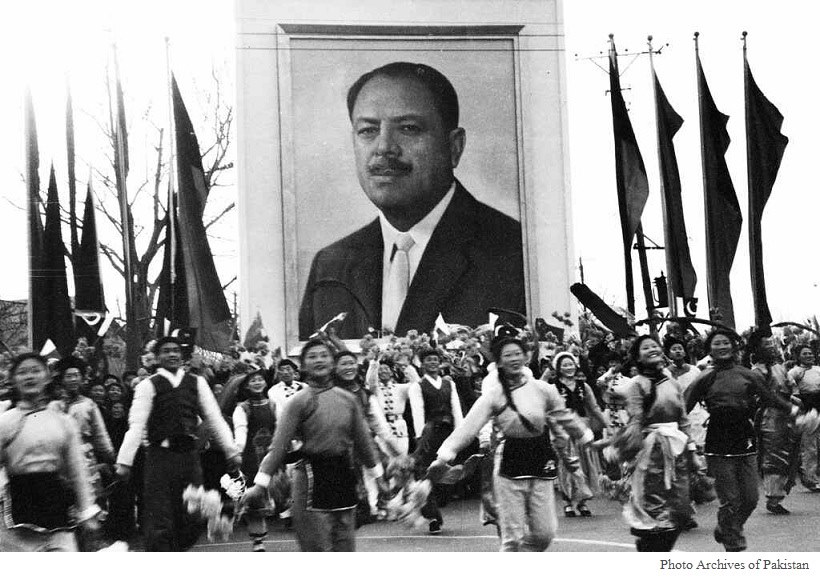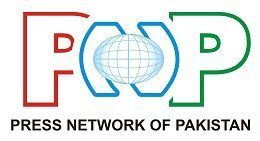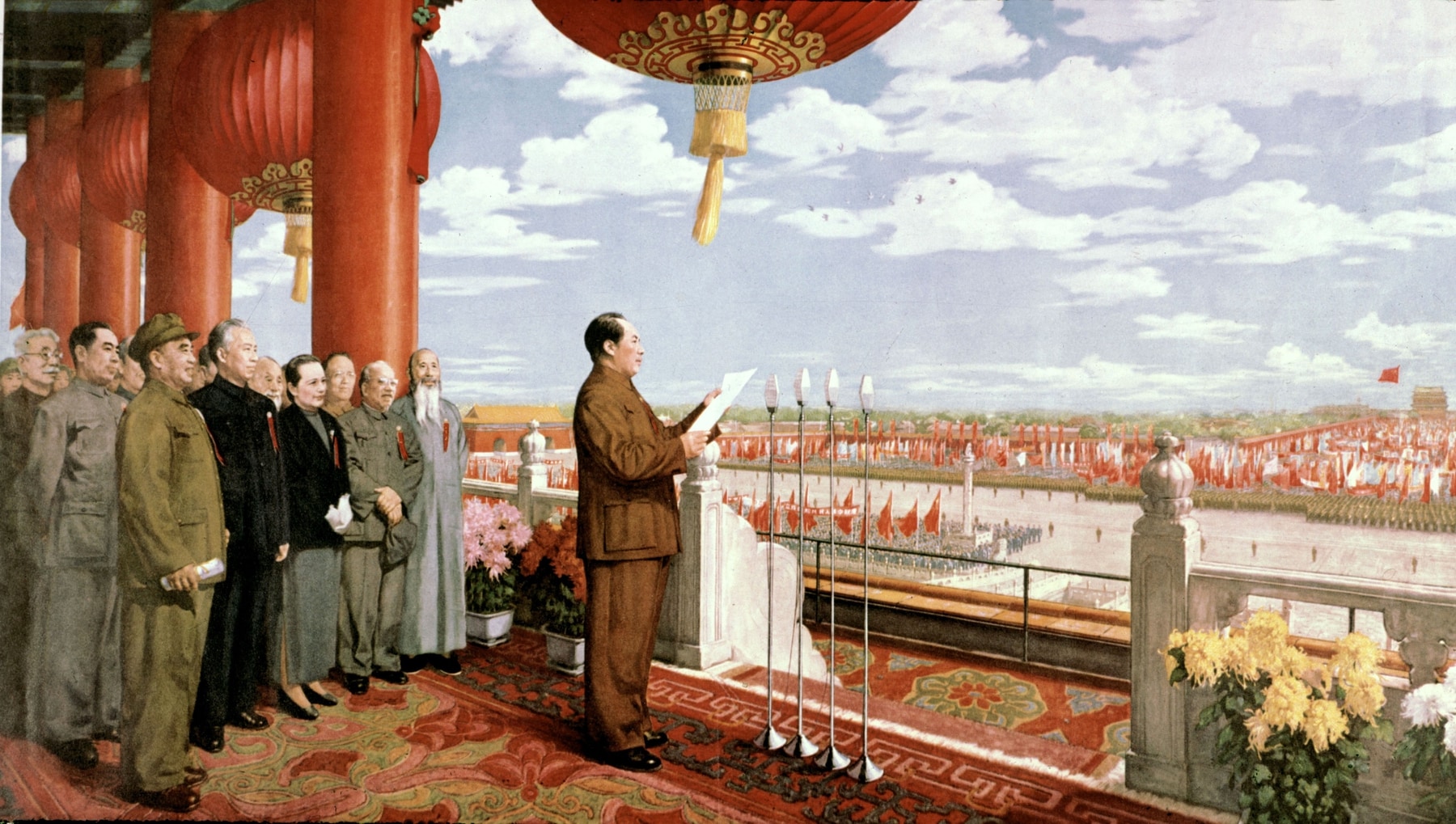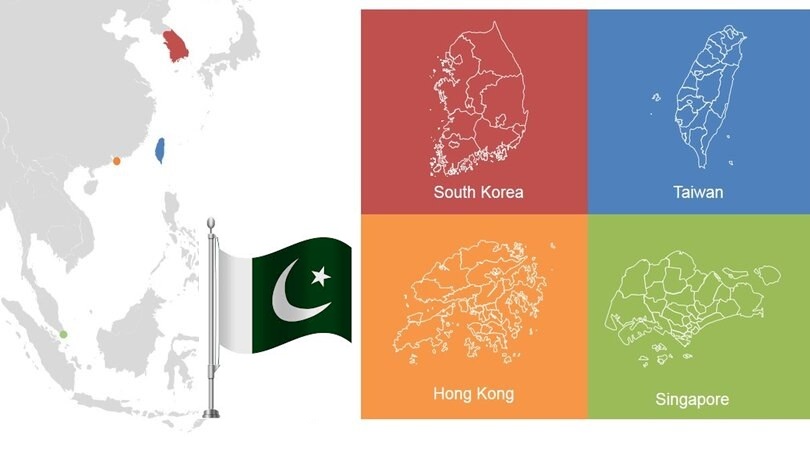The year 1949 stands as a historic turning point not just for China but also for Asia and the global balance of power. With the victory of the Communist Party of China (CPC) under Mao Zedong, the People’s Republic of China (PRC) was proclaimed on October 1, 1949, replacing the Republic of China (ROC) that had governed since 1912.
For Pakistan, which had itself been born just two years earlier in 1947, the transformation of our neighbouring country was more than a distant event — it was a signal of a rapidly changing Asia, where old colonial structures were collapsing and new states were asserting their independence. Understanding how China shifted from ROC to PRC offers lessons for Pakistan’s own journey of nation-building, sovereignty, and strategic autonomy.
The Decline of the Republic of China
The Republic of China (ROC) was established in 1912 after the fall of the Qing dynasty. Initially inspired by Sun Yat-sen’s ideals of nationalism, democracy, and people’s livelihood, it promised modernization and unity. However, decades of warlordism, Japanese invasion, and corruption within the ruling Kuomintang (KMT) weakened the ROC.
During World War II, the ROC was an ally of the West, particularly the United States. But despite foreign support, the Kuomintang failed to address social inequalities and agrarian distress, losing the trust of millions of peasants. Meanwhile, the Communist Party of China steadily gained popularity by mobilizing peasants, promoting land reforms, and offering an alternative vision of a just society.
By 1949, after years of civil war, the ROC had collapsed on the mainland. Chiang Kai-shek and the Kuomintang leadership fled to Taiwan, continuing to claim themselves as the legitimate government of China. On the other hand, Mao Zedong declared the founding of the People’s Republic of China in Beijing — an event that reshaped Asia’s political map forever.
Why the PRC Triumphed
The Communist victory in 1949 was not simply a military conquest; it was rooted in deep socio-political changes. Several factors explain why the PRC replaced the ROC:
-
Peasant Support: Over 80% of China’s population were peasants, and the CPC’s land reforms directly addressed their grievances. This grassroots connection gave the Communists legitimacy that the ROC lacked.
-
Nationalism: The CPC capitalized on resentment against Japanese occupation and foreign interference, positioning itself as the defender of Chinese sovereignty.
-
Corruption vs Discipline: While the KMT was seen as corrupt and elitist, the CPC leadership projected an image of discipline, sacrifice, and egalitarianism.
-
Geopolitical Shifts: After WWII, global power shifted. The Soviet Union supported the CPC, while American aid to the ROC was insufficient and poorly managed.
For Pakistan, observing these dynamics was crucial. As a new state also grappling with identity and survival, Pakistan could relate to China’s struggle against colonialism and its search for sovereignty.
The PRC’s New Vision
When Mao Zedong declared the PRC on October 1, 1949, it was more than a change of government — it was the birth of a new political model in Asia. The PRC rejected Western dominance, emphasized self-reliance, and promoted socialism as the basis of national rejuvenation.
This vision resonated across Asia and Africa, where many nations, including Pakistan, were emerging from colonialism. China’s example demonstrated that it was possible to challenge foreign domination and rebuild a country on indigenous principles rather than imported models.
Pakistan’s Early Response to the PRC

At the time of China’s transformation, Pakistan was still shaping its foreign policy. Initially, Pakistan maintained cautious ties with both ROC (Taiwan) and PRC due to Cold War pressures. The United States and its Western allies recognized the ROC as the legitimate representative of China in the United Nations, while the PRC was diplomatically isolated.
Pakistan, like many newly independent states, faced a dilemma: should it align with Western powers or pursue independent relations with the PRC? Eventually, by the 1950s and 1960s, Pakistan made a historic choice to recognize the PRC and establish close diplomatic relations, long before many other Muslim and Western countries. This decision was driven by both strategic and ideological reasons:
-
Shared Anti-Colonial Sentiment: Both Pakistan and China opposed foreign domination and intervention.
-
Regional Security: With India emerging as a rival to both states, Pakistan and China found common cause.
-
Economic Cooperation: Pakistan saw potential in Chinese support for development projects.
Lessons for Pakistan from China’s 1949 Transformation
China’s shift from ROC to PRC carries powerful lessons for Pakistan’s nation-building and strategic outlook:
-
Grassroots Mobilization Matters: Just as the CPC built legitimacy among peasants, Pakistan too needs strong connections between state policies and the needs of its people.
-
Strategic Autonomy: China demonstrated that resisting over-dependence on great powers can help safeguard sovereignty. Pakistan, often caught in global rivalries, continues to struggle with this balance.
-
Unity in Adversity: China overcame decades of war, famine, and foreign occupation through unity and a shared national vision. Pakistan, too, faces the challenge of forging unity amidst ethnic, religious, and political divisions.
-
Development through Self-Reliance: China’s emphasis on land reforms, industrialization, and rural development showed that real independence is economic as well as political. For Pakistan, which often relies on external aid, this remains a critical lesson.
The PRC and the Re-Shaping of Asia
The rise of the PRC in 1949 was not an isolated Chinese story — it was part of a broader Asian awakening. It inspired revolutions, decolonization movements, and debates about socialism versus capitalism across the continent.
For Pakistan, the PRC’s success was a reminder that Asia’s destiny should not be dictated by colonial powers or Cold War blocs. Instead, Asian nations could define their own paths, rooted in their histories and cultures. This thinking eventually contributed to forums like the Bandung Conference (1955), where Pakistan and China joined other Asian and African states in calling for solidarity against imperialism.
Conclusion
China’s transformation from ROC to PRC in 1949 was a watershed in modern history. For Pakistan, it was not just a distant event but a parallel story of two nations seeking independence, identity, and sovereignty in a world dominated by superpowers. While China rebuilt itself through revolution, discipline, and self-reliance, Pakistan took a different path, often relying on external alliances.
Yet, the enduring friendship between Pakistan and China — famously described as “higher than the Himalayas, deeper than the oceans” — has its roots in this very period of transformation. Both nations understood the value of sovereignty, resilience, and mutual support. Today, as Pakistan looks at China’s remarkable rise from 1949 to global power status, the lessons of that transformation remain as relevant as ever: true independence lies not in names or declarations but in the ability to stand firm, united, and self-reliant in the face of global challenges.
Dr. Mohammad Arif is a seasoned writer, researcher, and analyst with a keen interest in history, politics, and international relations. As a foreign policy expert and commentator, he has developed a reputation for presenting fact-based, analytical perspectives on pressing geopolitical issues.



